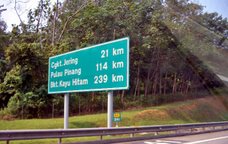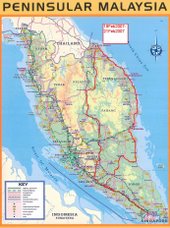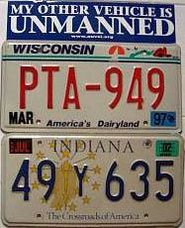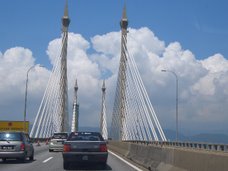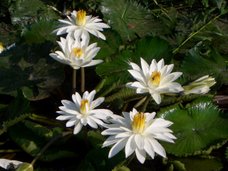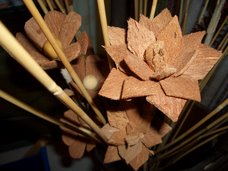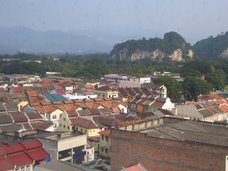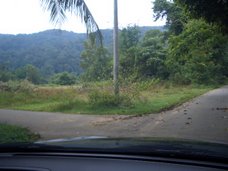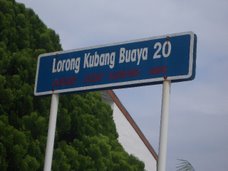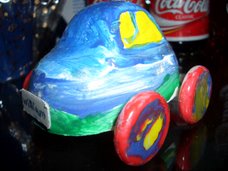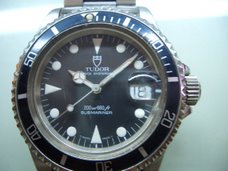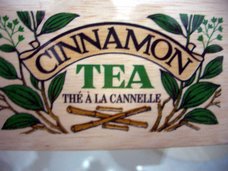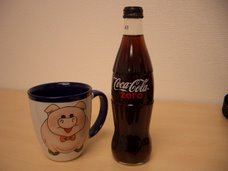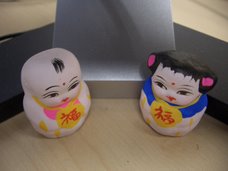Field Trip 5 Jan 2008First field trip of the year. Wanted to catch Tomi at another location at Kota Tinggi. First stop the Bak Kut Teh shop along Kota Tinggi. On the way after lunch, paid a visit to my old friend Cf Pugnax habitat. Didn't collect any, only lots of Rasbora. The biotopes seems a little disturbed with this yellowish mud. Still in abundance is the Nepenthes Ampullaria.


Road leading to biotopes

Nepenthes Ampullaria
Explore the forested area a little but no more stream. Came across what seems to be wild elephant dung. Too dangerous to be around this area.

Elephant dung
Moving back towards the car means around 1.5km back trek. Something funny happen. Got my first leech encounter in my shoe. I was wearing rubber boots and inside was wet. The leech must have got in while at the Cf Pugnax biotope. Only knew I got leeched when I took off the boot to wash my foot. The blood sucker parked between my forth and last toe. Obviously doing his job. It grew to almost half the size of my last toe. Panicked la. Luckily at the back of the car, I had a new bottle of soya sauce. (bought for my mum) No choice, open the cap and pour the light soya sauce onto the leech. It actually "vomit" my blood and let go. So this is revenge time, more soya sauce for the little bloodsucker. It actually died from that. Haha, don't leave home without the soya sauce. Good remedy for leech bite.


Leech lodged between toes/trying to escape after soya sauce bath


Bottle of soya sauce / "gruesome kill" by soya sauce. Wasted my blood
Still early and ask the locals where to find Ikan Pelaga and was directed to a nearby palm-oil plantation. The guy actually pointed to Betta Tomi from my Betta book. Excited. The road to the first stream was downhill with many potholes. One look at the stream, saw Betta Pugnax swimming freely on a small flowing stream. It's beautiful just like the Singapore Pugnax, full of green irridescent on its scale. Manage to collect the big male.


No Betta Tomi. Next time perhaps.













































